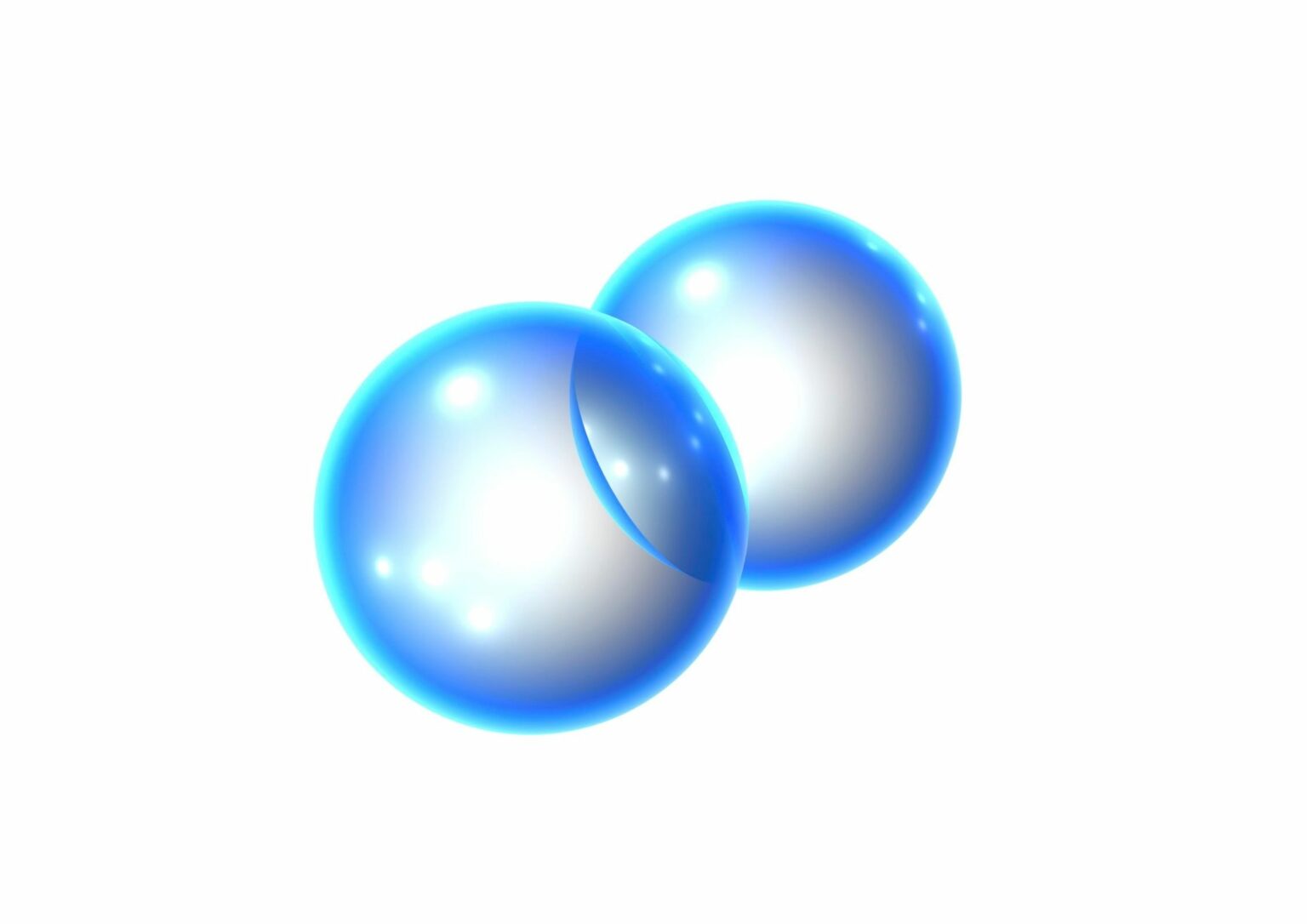In the realm of proton exchange membrane (PEM) fuel cells, the pursuit of heightened efficiency and maximized hydrogen utilization continues to occupy a pivotal niche in both theoretical exploration and practical application.
The experimental studies carried out by Gerald Singer, Patrick Pertl, and Alexander Trattner as detailed in the International Journal of Hydrogen Energy, delve into this complex dichotomy using a PEM fuel cell system with stack power ranging from 30 to 130 kW.
Central to the study’s findings is the nuanced role of the purge valve within the anode hydrogen recirculation path. The variable positioning of this valve serves as a vector for precise control over hydrogen concentration—a critical factor in minimizing unreacted hydrogen efflux through periodic purging. This mechanism, while straightforward in theory, overshadows a layer of intricate challenges concerning the stoichiometric balance during both stationary and transient operations of the fuel cell. Notably, the hydrogen utilization clocked at 98.5% during stationary runs descended marginally to 98.2% during transient phases of operation.
The purge valve’s decisive influence becomes more apparent when considering the balance of nitrogen and water back-diffusion, a recurring phenomenon that necessitates careful periodic purging to prevent unwanted side reactions. These side reactions bear a direct negative correlation to fuel cell efficiency, with an observable dip in cell voltage acting as a stark representation of incomplete hydrogen consumption. The operational finesse required lies in calibrating this purging to neither lose essential hydrogen to the environment nor suffer the detriments of undue back-diffusion.
Adding quantitative weight to this discourse, the study reports a measurable uptick in hydrogen utilization by 0.79 percentage points to achieve 98.2% efficiency. This operational refinement contributed to a corresponding increase in cell efficiency from reference by 0.72 percentage points, leading to an overall efficiency of 47.21% based on higher heating value metrics. Such improvements, although numerically modest, underscore tangible advancements achievable within the existing structural dynamics of PEM fuel cell technology.
These minimalistic enhancements may serve as keystones in long-term fuel cell development strategies, particularly in ejector-based anode recirculation systems where the actuation of the purge valve remains the sole adjustable parameter to modulate the hydrogen stoichiometric ratio. This singular point of leverage crystallizes the importance of strategic purge valve operation—a mechanism proving paramount in tailoring fuel cell functionality to the precise demands of diverse operational environments.
As industries move toward cleaner energy solutions, the meticulous balancing act presented by Singer, Pertl, and Trattner’s research provides critical insights into unlocking greater fuel cell potential. A technical blueprint emerges, tasked with advancing PEM fuel cells toward a future where minute adjustments yield significant dividends in both efficiency and environmental compatibility.
Stay updated on the latest in energy! Follow us on LinkedIn, Facebook, and X for real-time news and insights. Don’t miss out on exclusive interviews and webinars—subscribe to our YouTube channel today! Join our community and be part of the conversation shaping the future of energy.
